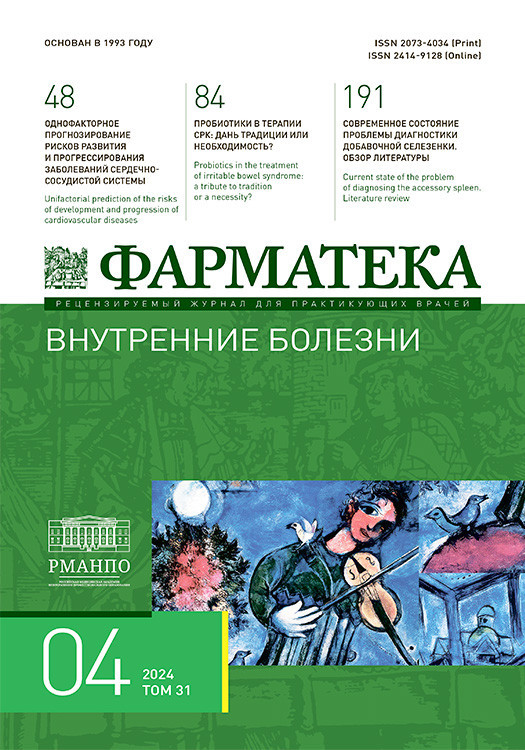Dynamics of symptoms in outpatients with SARS-CoV2 infection
Background. COVID-19 has had a huge impact on the health and economy of the world. While most people with COVID-19 illness recover fully, others continue to experience chronic symptoms, including autonomic manifestations. Meeting the needs of Long-COVID patients requires a significant investment of resources and funding for both clinical care and research. It is imperative to act during this window of opportunity in hopes of reducing or decreasing the symptom burden for these patients.Bontsevich R.A., Zhdanova Zh.S., Ryabchikova A.A., Solovyova L.V., Vovk Ya.R., Dauletova Z.D., Ponomarenko T.N., Maksimov M.L.
Objective. Evaluation of the prevailing symptoms and their dynamics in patients with a new coronavirus infection in the acute and subacute periods of the disease.
Methods. The study analyzed the questionnaires of 113 patients followed-up on an outpatient basis in several clinics in Belgorod. The authors] questionnaire was a survey in which, on a 10-point scale, the patient had to indicate the intensity of the sign (symptom, symptom complex) in the acute stage (the first 4 weeks of the disease) and the degree of intensity of symptoms more than 3 weeks after the initial visit (subacute period of the disease, or the beginning of “post-Covid syndrome”).
Results. The results of our survey showed that in the acute phase of COVID-19, asthenovegetative syndrome, manifested by weakness and fatigue (96%); thermoregulation disorders (95%); impaired perception of taste and smell (72%) were most often observed. At the same time, in the “subacute” phase (the beginning of the “post-COVID syndrome”), in addition to asthenovegetative syndrome (82%), tachycardia (67%) and emotional and mental disorders, asthenia (63%) came to the fore.
Conclusion. The study, conducted at the height of the pandemic, allowed the authors to identify the leading symptoms of the acute and subacute (early post-Covid) phases of the new coronavirus infection. Trends in the dynamics of symptoms have been identified, which makes it possible to more accurately select approaches to the treatment of such patients at different periods of the disease.
Keywords
COVID-19
new coronavirus infection
acute phase
subacute phase
post-Covid syndrome
Long-COVID



